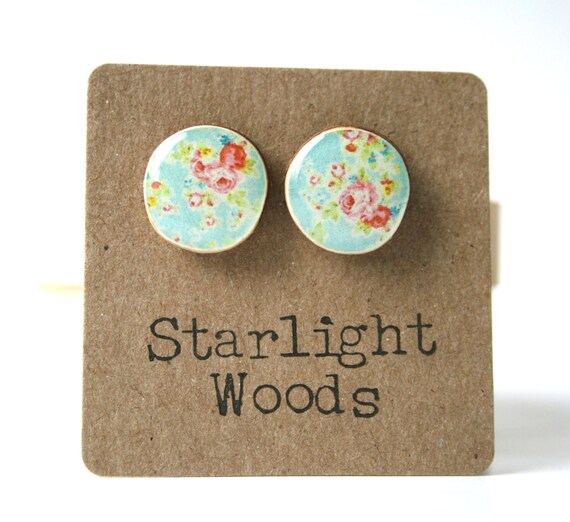These bookmarks are great free publicity. However, links can get quickly lost or erased, and that lovely image of your product may become "dead" — it doesn't lead anywhere. Have you ever clicked on a Pinterest pin, only to have it just be an uploaded image? Then you have to search online to find the product, using random keywords that you hope will get you results. What a pain! Or what about that picture you saved of a cool skirt, and now you have no idea what website it came from?
If you put your shop name on your images, any unmodified image can roam all over the place and still direct traffic back to your site. Using photo editing programs, you can incorporate your shop URL or even your logo onto images. This is called watermarking or, less commonly, a DOG (digital on-screen graphic, which primarily refers to television). Watermarks are technically marks made in physical paper to show authenticity, like in checks or stationery, but the word has been co-opted for use referring to text over digital images.
Etsy policy allows photos to have digital text superimposed on them: https://www.etsy.com/help/article/2438?ref=help_search_result
They are easy enough to do in photo editing programs. Just use the type tool to write out your watermark, then save the image. Make sure it's a JPG file, not a PSD (you will have to "flatten" the image).
Here are a few examples of how to get your shop name/URL into your images.
1. Show your product with packaging that has your shop name.
 |
Cons: Not very treasury-friendly as a main image. Can be distracting from the product. If you have a "common" shop name, people may not find you if they simply Google your shop name, and won't know to search Etsy.
Another nice example from Starlight Woods. This shop actually uses the packaging as their main image for almost everything.
2. Add text on top of your images.


Cons: Can be easily erased, text can distract from product or become unreadable when scaled down
You can use transparent text to go over an image, but I wouldn't recommend it. It obscures the product so much that it may turn off customers, and you definitely won't be included in treasuries with this kind of mess:
Yuck!
I would only suggest transparent watermarks for shops that sell original artwork, photography or prints. Those images are much more likely to be stolen and reused.
Photo tips will be continuing on a bi-weekly basis. As always, thanks for reading, and please ask any questions or suggest future topics in the comments.
Jocelyn | paragraphloop.etsy.com



Great tips! I feel like I'm constantly re-thinking my photography and watermarks. At the moment, I've settled for semi-transparent non-invasive watermarks (yet still positioning them so that they can't easily be cropped out without ruining the overall photo)....but I agree - it's a risk of not being included in treasuries!
ReplyDeleteExcellent update!! In fact I was just reading on Etsy about the pros and cons of watermarking if you want to get on the front page. Some people say you won't get on the FP but others say its more important to protect your photos (especially if you don't get sales from being on the FP). Great debate topic!!
ReplyDeleteGreat information! There's always more to be learned about getting great product photos. And when you do you really would prefer that the world knows they are yours!
ReplyDeleteI've been thinking about watermarking so thank you for sharing.